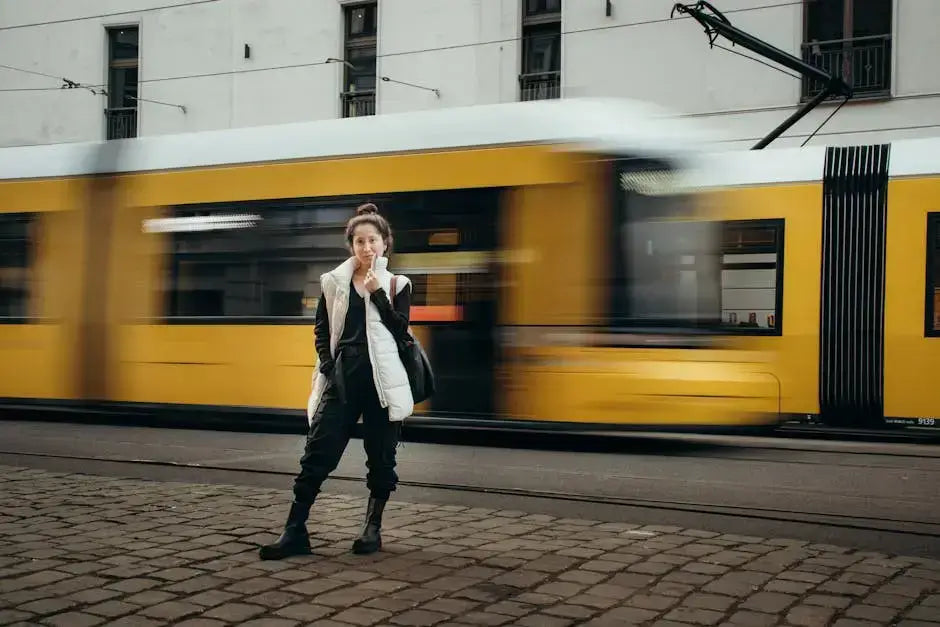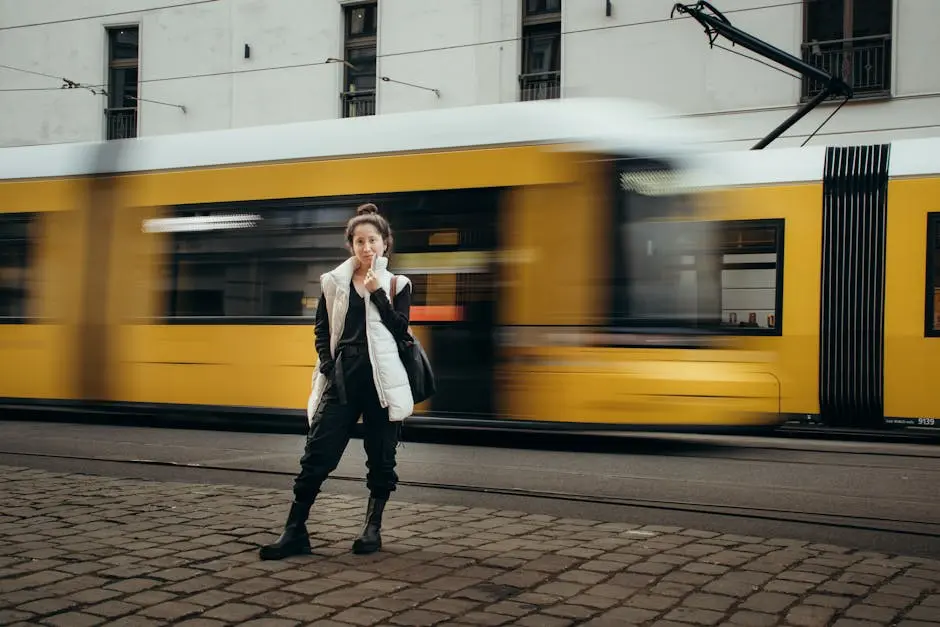
The Evolution of Streetwear Clothing: From Underground to Mainstream
Share
Streetwear clothing has taken the world by storm, evolving from a niche subculture to a dominant force in mainstream fashion. This article explores the journey of streetwear, highlighting its roots, the subcultures that embraced it, and its transformation into a global phenomenon.
The Roots of Streetwear: Where It All Began
Streetwear originated in the late 1970s and early 1980s, heavily influenced by the surf and skate cultures in California. Brands like Stüssy and Vans were pioneers, offering casual, comfortable clothing that resonated with the rebellious spirit of youth.
During this time, young people wanted an authentic way to express themselves outside of the formalities of traditional fashion. Surf culture, with its focus on freedom and anti-establishment attitudes, provided an ideal backdrop. Skateboarding, known for its daring tricks and urban roots, added to this emerging fashion narrative. Both subcultures favored relaxed styles, like baggy shorts and oversized tees, which were perfect for both comfort and functionality.
The fusion of these elements resulted in a new aesthetic that was both practical and iconic. These pieces weren’t just about making a style statement; they embodied a lifestyle. The brands that arose from these early days didn’t just sell clothing—they sold an attitude, a sense of belonging to a community that shunned convention. Streetwear in these nascent stages was about defiance, individuality, and creating a new norm, where the streets dictated the fashion, not the runways.
The Role of Music and Subcultures
The rise of hip-hop culture in the 1980s played a crucial role in popularizing streetwear. Artists and fans alike embraced brands like Adidas and Nike, turning them into cultural symbols. The connection between music and streetwear remains strong, driving trends and innovation.
As hip-hop music gained momentum, it brought with it a new type of influence on fashion. Artists like Run-D.M.C. and LL Cool J wore these brands as part of their everyday style and performances, further cementing streetwear’s image in public consciousness. It wasn’t just about clothing anymore; it was about aligning oneself with a movement, a sound, and a way of life.
In addition to hip-hop, other subcultures like punk and grunge began to intersect with streetwear. Each brought its unique flair—be it punk’s DIY ethos or grunge’s anti-fashion stance—adding more layers to what streetwear could represent. The shared spirit of rebellion against mainstream norms created a melting pot where styles could evolve and borrow from one another, enriching the tapestry of streetwear even further.
From DIY to High Fashion: Streetwear in the 1990s
The 1990s saw streetwear become more experimental, with DIY styles and limited editions creating a sense of exclusivity. This period also marked the beginning of collaborations with high fashion designers, blurring the lines between luxury and streetwear.
Streetwear brands began to understand the power of scarcity and storytelling. Limited editions and exclusive releases became the norm, allowing brands to cultivate a ‘hype’ around their products. This concept of exclusivity turned streetwear into collectibles, making wearers feel they owned a piece of wearable art or culture.
It was also during this time that collaborations between streetwear and high fashion designers began to take hold. These partnerships highlighted the versatility and adaptability of streetwear. High profile collaborations, such as between Louis Vuitton and Supreme, bridged the gap between the street and the catwalk, proving that street culture had arrived on the global fashion stage. The mutual respect fostered by these crossovers elevated streetwear from something ‘lesser’ to a space where innovation and creativity flourished without boundaries.
The Digital Age: Social Media and Streetwear
In the 2000s and beyond, social media drastically changed how streetwear was consumed and perceived. Platforms like Instagram and YouTube helped brands reach a global audience, accelerating the mainstream adoption of streetwear.
Social media platforms provided not just a window, but an immersive experience into the world of streetwear. Influencers and celebrities became central figures in promoting streetwear brands, often turning a single outfit post into a marketing sensation. This digital presence leveled the playing field, allowing smaller brands to compete alongside well-established labels by simply capturing the attention of the right audience.
Moreover, the feedback loop of instant trends fueled by online communities meant that streetwear had to remain adaptable. Brands couldn’t just set trends; they needed to actively engage with their audiences, listen to feedback, and innovate accordingly. Streetwear culture thrives on this attention to community voices, ensuring that the styles remain in touch with the ever-evolving desires of fashion-forward individuals worldwide.
Streetwear Today: A Global Phenomenon
Today, streetwear influences every corner of fashion, from luxury brands incorporating urban motifs to businesses focused solely on streetwear clothing. Its global reach ensures streetwear remains at the forefront of fashion innovation.
Streetwear is no longer confined to urban centers or specific subcultures; it has found its way onto international runways, retail floors, and even boardrooms. The blending of comfort and style appeals to a vast audience, crossing age, gender, and cultural barriers. This broad acceptance is a testament to its versatility and enduring appeal.
Beyond fashion, streetwear culture has influenced art, music, and even social issues, becoming a platform for activism and expression. The integral role streetwear holds in contemporary life cements its status as more than just a trend, but rather an essential component of global culture. As it continues to evolve, streetwear is set to inspire future generations, constantly redefining what it means to dress for the streets.
Streetwear: A Lasting Fashion Legacy
Streetwear’s evolution from underground movement to mainstream powerhouse reflects the dynamic interplay of culture, fashion, and consumer trends. Its impact on the fashion industry is undeniable, proving that what once belonged to the streets can indeed redefine the runway. The future of streetwear promises continued innovation, ensuring its relevance for years to come.

